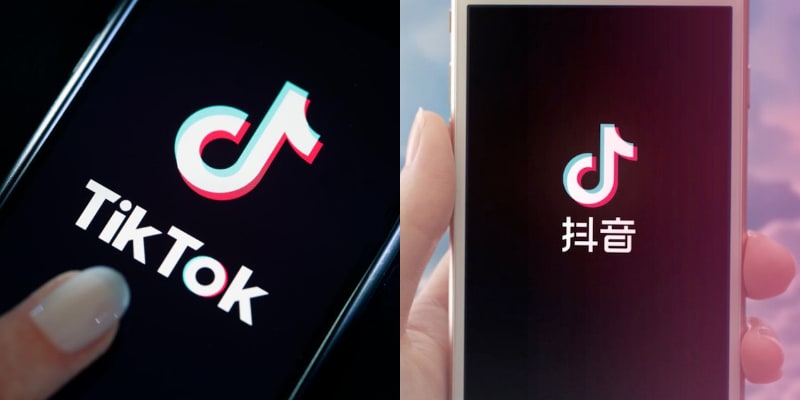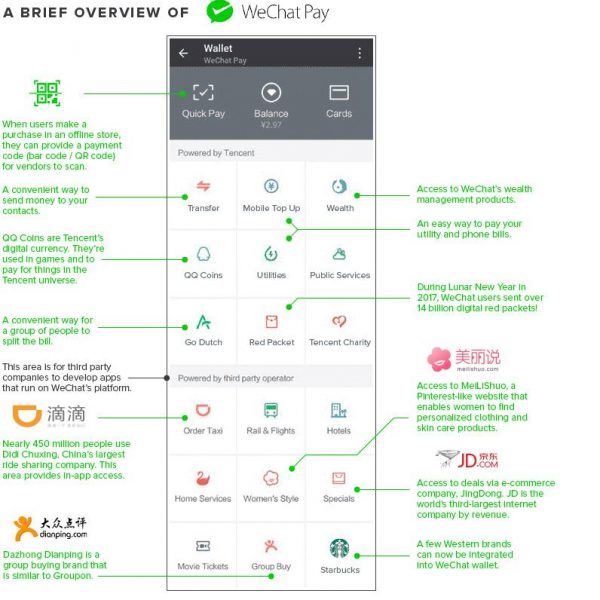Tech giant, Tencent Holdings is once again making headlines for creating the perfect fusion between mobile gaming and social media. This has led to the coinage of the term “Social Gaming” which is all the rage in China right now.
The launch of Wechat’s social gaming platform attracted more mobile gaming users in China. The main categories of games include shooting, running and flying with 33.4% users playing for roughly 10-30 mins. Friends play a major role in influencing the users to choose a particular game.
Recently, a game called Tiao yi tiao went viral in China and has recorded over 100 million daily active users since it was introduced late last December. The best part is that the users can access the game without installing additional app or software. The aim of the game is to move a hopping block from one platform to another by tapping the screen. Notifications of the top players and the rankings are also visible to the users.
The game owes its instant success to the app’s wide reach. WeChat has over 980 million active monthly users.
For the brands, social gaming is a large untapped part of WeChat that has huge potential. Businesses must definitely consider how they can incorporate social gaming as a part of their marketing strategy. The biggest plus point is the readily available active users on the platform. This means the brand need not take any extra efforts to get users on the platform and then to play their game.
Tencent rose above the market expectations when it showed a 61% increase in revenue in the third quarter last year. This rise was mainly due to their video game business, spearheaded by the game Honour of Kings.
China’s video game market was estimated to be worth $32.5 billion USD last year. This only goes to show the rapid growth of social gaming in China. We wonder what the next viral game would be and what brands would be the first to hop on the social gaming shuttle!



